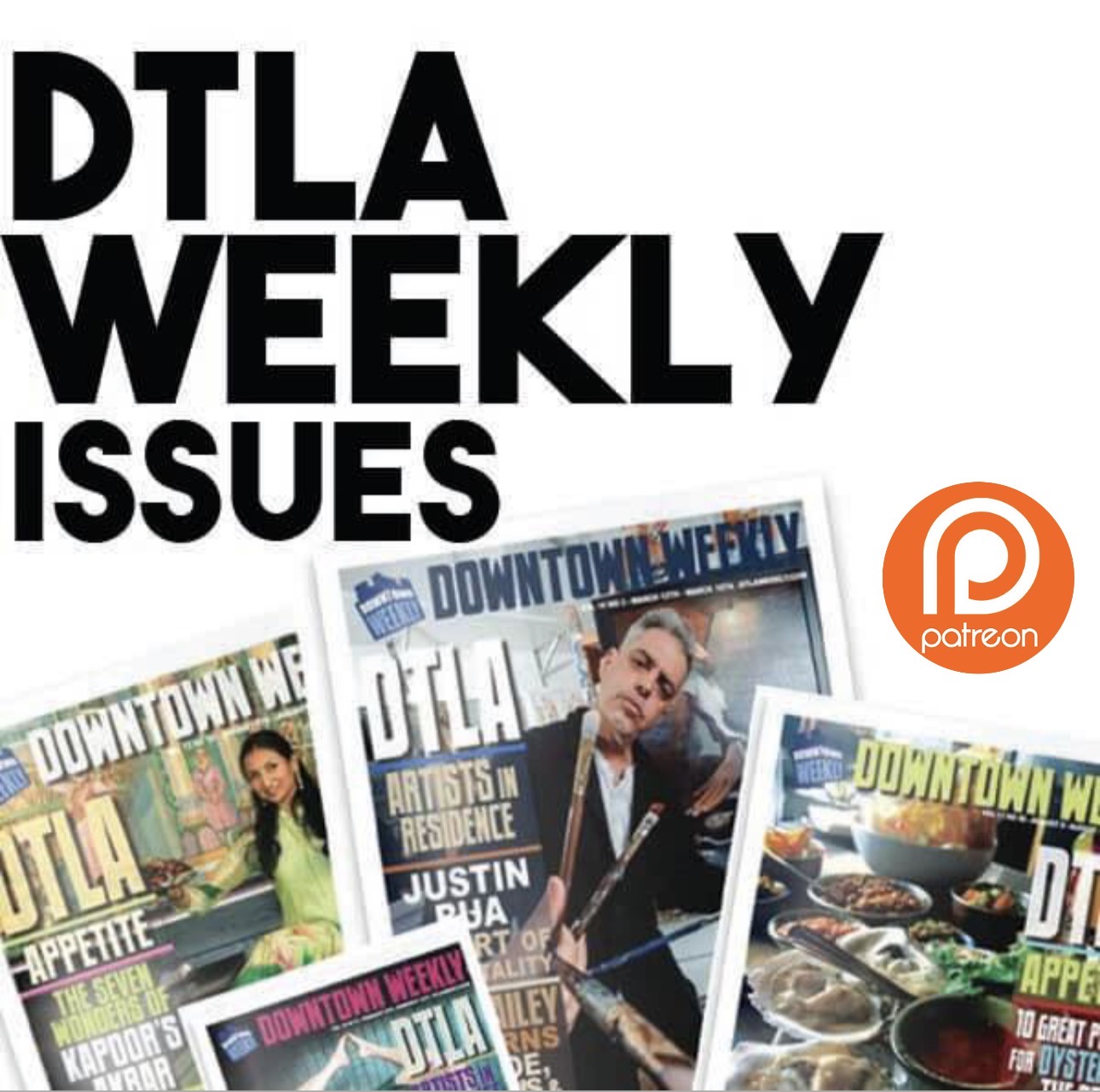
California is getting older, and this is happening fast. Within the next decade, nearly one in five Californians will be over 65. The shift will redefine how communities live, work, and connect.
But aging in the Golden State isn’t as simple as adding birthdays. Rising healthcare costs, widening inequality, climate hazards, and growing social isolation are creating a new kind of vulnerability. Wildfire smoke, extreme heat, and air pollution threaten not only physical health but also mental well-being.
Chronic conditions, from heart disease to mobility loss, are becoming harder to manage. The coming decade will test whether California can turn longevity into a promise of dignity and connection. Otherwise, it risks becoming another fault line of inequity.
The Changing Face of Aging
By 2030, California’s population of older adults will have doubled compared to 2010. A report from the Little Hoover Commission notes that by 2040, seniors will represent more than 20 percent of the population. That demographic shift will put pressure on nearly every aspect of daily life, including healthcare, transportation, housing, and caregiving.
Most older Californians want to age in place. But aging in place isn’t easy in a state where rent, home maintenance, and insurance costs keep climbing. Add limited mobility, medication schedules, and a thinning social network, and independence can start to feel like isolation.
For those living alone, even small challenges like getting groceries during a wildfire alert can feel overwhelming. The state’s vision for aging must go beyond building more nursing homes. It has to make communities livable for older residents, whether they’re in downtown San Diego or the foothills of Placer County.
Does chronic illness increase with age?
Yes, chronic illness becomes more common as people age. Over time, the body’s ability to repair and recover weakens, making conditions like heart disease, diabetes, arthritis, and high blood pressure more likely. Lifestyle factors, genetics, and long-term exposure to stress or pollution also play a role.
The Invisible Epidemic of Loneliness
Isolation is one of the most serious and least visible threats facing older adults. According to the CDC, loneliness can be as damaging to health as smoking fifteen cigarettes a day. The California Department of Aging found that among 17,700 older Californians surveyed, 40% said feeling lonely or isolated was a problem. It’s a clear sign of how widespread this issue has become.
California’s vast geography amplifies the challenge. Many seniors live far from family or friends, especially after adult children move for work. Technology helps, but only so much. For older adults who aren’t comfortable with digital tools, even basic telehealth appointments or social media connections can be stressful. The emotional toll shows up in subtle ways: reduced motivation to eat well, reluctance to exercise, trouble sleeping.
Communities that once revolved around physical gatherings such as churches, senior centers, and neighborhood cafés have become harder to access after the pandemic. Moreover, as climate-related events like wildfires or poor air days increase, older people are often told to stay indoors. This deepens their isolation at a time when human connection is most needed.
What is the main cause of loneliness?
Loneliness often stems from a lack of meaningful social connection rather than simply being alone. Major life changes like retirement, losing a partner, or moving away from friends can trigger it. For older adults, limited mobility, health problems, or living far from family often make it worse.
Health in a Time of Environmental Stress
Wildfires and poor air quality have become an unavoidable part of California life. Beyond the immediate dangers, the toxic smoke released during these events carries long-term consequences. Studies cited by Fortune show that wildfire smoke can contain harmful chemicals that linger for weeks, triggering inflammation, respiratory distress, and even cognitive decline.
For older adults, whose immune and cardiovascular systems are already under pressure, the effects are magnified. Even smaller side effects like coughing fits that lead to momentary loss of bladder control highlight how environmental hazards can compound age-related challenges.
Urinary incontinence, more common in women, is often dismissed as a minor inconvenience. Yet it becomes a genuine quality-of-life issue when triggered by ongoing respiratory irritation or weak pelvic muscles, as noted by TorHoerman Law.
To make matters worse, some of the medical solutions once used to treat incontinence created new problems. The transvaginal mesh, once seen as a breakthrough, led to serious complications for many women. The transvaginal mesh lawsuit highlighted how under-tested medical devices can leave lasting harm.
These cases underline a broader point that aging isn’t just about time. It’s about how medical choices, environmental changes, and systemic gaps collide in the present.
What caused the current California wildfires?
California’s wildfires are driven by a mix of natural and human factors. Prolonged drought, record heat, and strong winds create ideal conditions for fires to spread quickly. At the same time, human activity, like power line sparks, unattended campfires, and vehicle accidents, often ignites the initial flames.
The Systemic Strain Ahead
California’s healthcare system was never built to support such a rapidly aging population. The number of geriatric specialists remains far below what’s needed, and caregivers, both professional and family, are stretched thin. The state’s Master Plan for Aging seeks to bridge these gaps through investment in home and community-based care.
However, progress is uneven, especially outside major cities. Rural areas face the toughest challenges. Many older adults must travel long distances for basic checkups, or rely on part-time aides when routine care isn’t available. This creates a system that reacts to health crises rather than preventing them.
Environmental pressures add another layer of complexity. Wildfire smoke, rising temperatures, and worsening air pollution make chronic diseases like COPD, heart conditions, and diabetes harder to manage. For many seniors, these environmental factors also lead to respiratory flare-ups, fatigue, and hospital visits. Add in the stress of displacement or repeated power shutoffs, and the burden on physical and mental health grows heavier.
Without coordinated, long-term planning, California risks leaving its fastest-growing population segment dangerously underserved.
Toward a Healthier Future for Aging Californians
Preparing for California’s future means shifting focus from reactive care to proactive living. That includes clean-air infrastructure, accessible housing, and strong social networks. Local programs that connect seniors for walks, gardening, or shared meals can cut loneliness dramatically.
Public health messaging should treat wildfire safety and senior health as interconnected. Air purifiers, hydration, and mobility plans during evacuation orders save lives. So do practical supports like telehealth check-ins, pharmacy deliveries, and neighborhood resilience hubs.
Meanwhile, addressing sensitive issues like urinary incontinence or post-surgical complications openly and respectfully can help destigmatize common conditions. When healthcare systems listen more and assume less, aging stops being an ordeal and becomes a stage of empowerment.
It’s not just about living longer. It’s about living better amid environmental change, social fragmentation, and health complexity. Aging Californians will need more than medical care. They’ll need cleaner air, accessible spaces, human connection, and a culture that doesn’t hide from vulnerability.
![]()


























